The Beauty of Ikebana
Ikebana, the ancient Japanese art of flower arrangement, has captivated hearts and minds for centuries. This unique and harmonious practice goes far beyond simply placing flowers in a vase. It's an art form deeply rooted in Japanese culture, philosophy, and aesthetics.
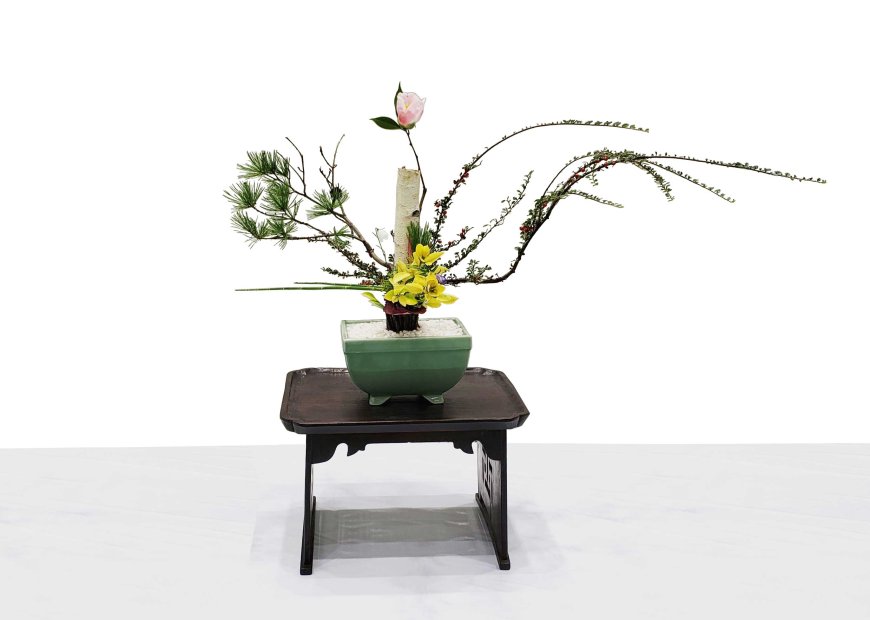
Japan's Timeless Art of Floral Harmony
In Japan, there is an ancient practice that harmoniously blends nature and art, offering a profound insight into the country's aesthetic philosophy. Ikebana, the Japanese art of flower arrangement, represents a centuries-old tradition that embodies simplicity, balance, and a deep appreciation for the beauty of nature.
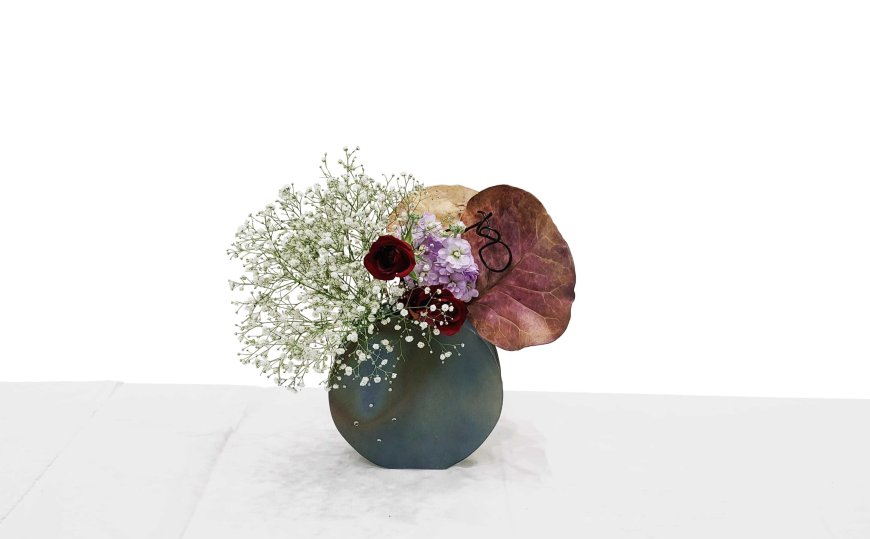
The Origin of Ikebana
Originating in the sixth century, Ikebana, also known as kadō, meaning "the way of flowers," evolved from the ritualistic offering of flowers at Buddhist altars. Over time, Ikebana expanded its horizons beyond religious ceremonies and found its place in homes and daily life.
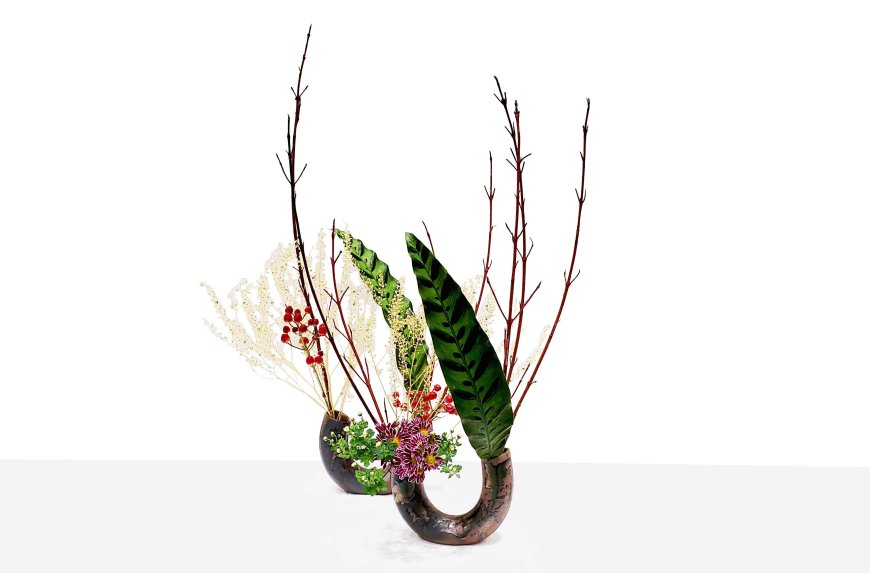
The Essence of Ikebana
At its core, Ikebana is about capturing the essence of nature and conveying it through floral arrangements. Unlike conventional flower arranging, which often focuses on symmetry, Ikebana emphasizes asymmetry and balance. It seeks to evoke emotion, inviting viewers to contemplate the beauty of imperfection.
The fundamental philosophy behind Ikebana revolves around capturing the essence of the plant, rather than merely showcasing its beauty. Practitioners believe in respecting the inherent qualities of each flower or branch, emphasizing its shape, line, and form. Through this minimalist approach, Ikebana encourages contemplation and mindfulness, fostering a deeper connection with nature and the surroundings.
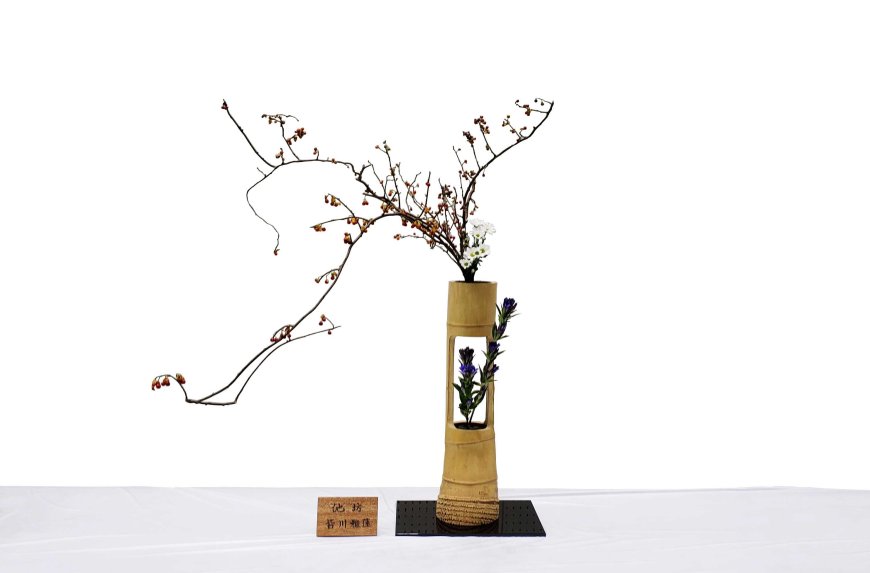
Ikebana Schools and Styles
Ikebana has many different schools and styles, each with its own techniques and philosophies. The most well-known schools include Ikenobo, Sogetsu, and Ohara. These schools have their unique approaches to Ikebana, making it a diverse and constantly evolving art form.
- Ikenobo: Ikenobo is the oldest and most traditional Ikebana school. It places a strong emphasis on precise rules and forms, preserving the historical essence of Ikebana.
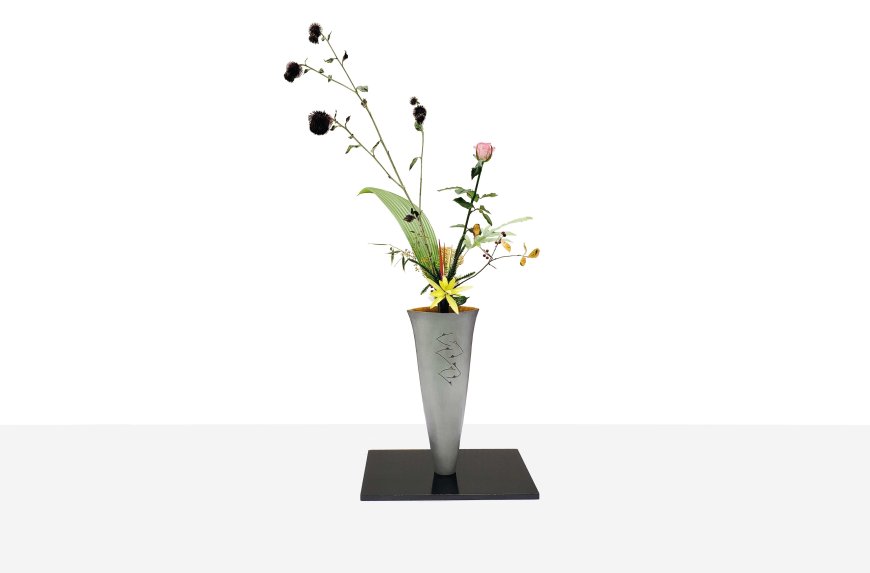
- Sogetsu: Sogetsu, on the other hand, is a more modern school that encourages creativity and experimentation. It believes that Ikebana should adapt to contemporary lifestyles and aesthetics.
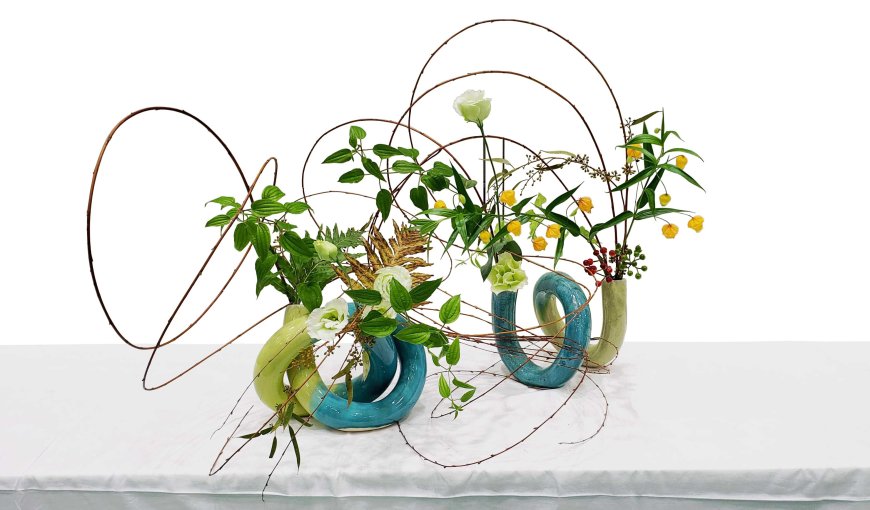
- Ohara: Ohara school specializes in naturalistic and landscape-style arrangements. It strives to bring the beauty of the outdoors indoors, allowing nature to flow through the arrangement.
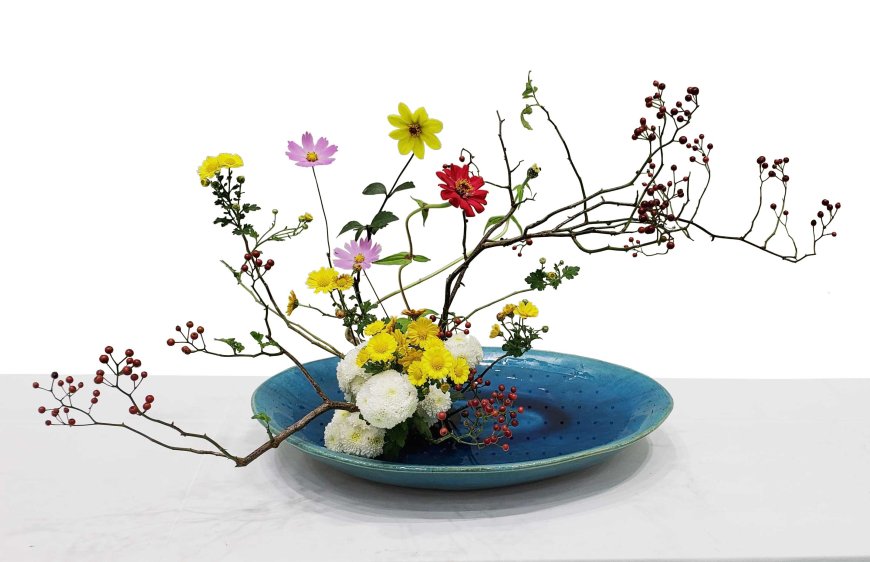
The Artistic Process
Ikebana enthusiasts, known as ikebana artists, meticulously adhere to certain guidelines and principles while creating their masterpieces. The art emphasizes three main lines: the Shin (the central and longest line representing heaven), the Soe (the secondary line symbolizing humanity), and the Hikae (the third and shortest line representing the Earth). These lines are carefully balanced to create a sense of harmony and serenity. Ikebana artists also consider the vase or container's shape and size, as well as the seasonal significance of the selected flowers or plants.
The art form celebrates the changing seasons, incorporating elements that reflect the passing of time and the beauty found in every stage of life. Ikebana arrangements often include seasonal flowers and branches, capturing the essence of spring's delicate blossoms, summer's vibrant greens, autumn's fiery hues, and the minimalistic beauty of winter. This seasonal awareness not only reflects the passage of time but also highlights the impermanence and transience of life, a fundamental aspect of Japanese cultural and philosophical traditions.
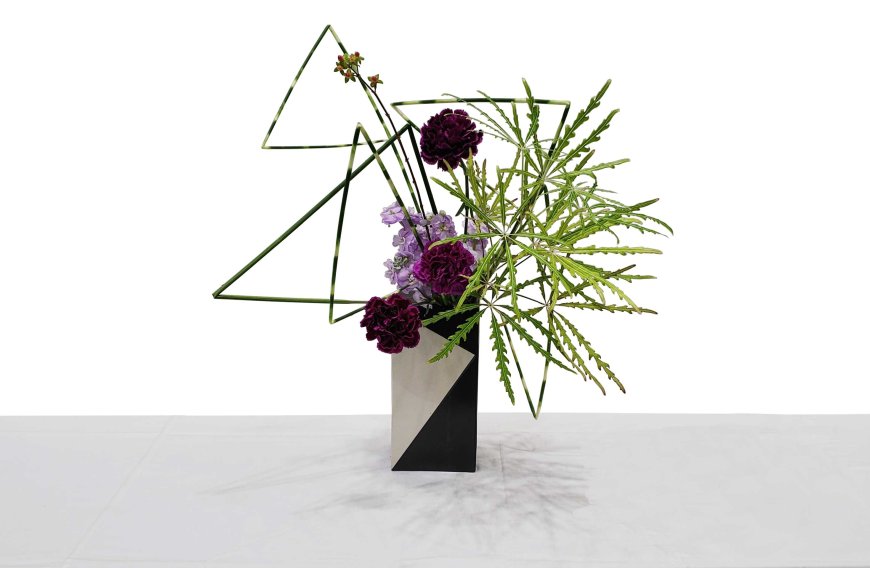
Furthermore, Ikebana isn't just an art form but a means of self-expression and spiritual meditation. As artists meticulously select each element and meticulously place it within the arrangement, they engage in a contemplative process, achieving a sense of mindfulness and tranquility. This meditative aspect of Ikebana fosters a deep connection between the artist, the materials, and the surrounding environment, creating a harmonious bond between the human spirit and nature.
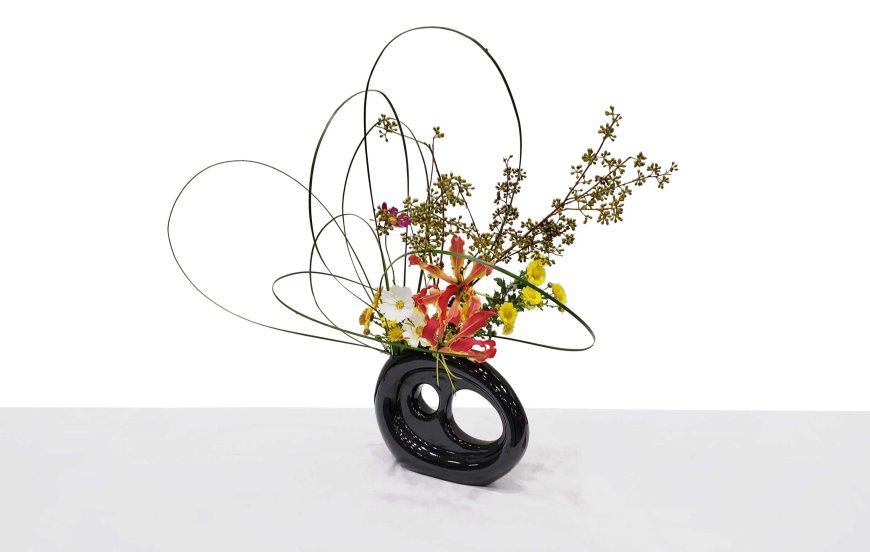
Ikebana in Modern Japan
In contemporary Japan, Ikebana continues to thrive as an integral part of the culture. It is not only practiced in traditional settings but has also found its way into urban life. Many Japanese households have a dedicated space for Ikebana, and it is taught in schools as a way to connect with nature and foster creativity.
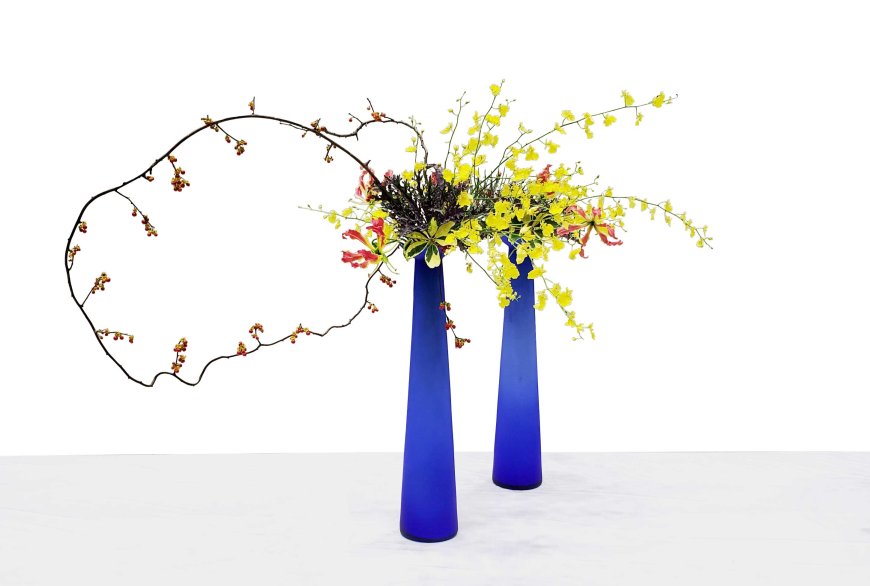
The Global Influence
Ikebana's influence extends far beyond Japan, with its principles and techniques inspiring floral artists worldwide. Its emphasis on simplicity, balance, and seasonal awareness has captured the hearts of enthusiasts seeking a deeper connection with nature and a more contemplative approach to art and life. Today, Ikebana continues to thrive as a timeless art form that transcends cultural boundaries and speaks to the universal human desire for beauty, harmony, and inner peace.
Find Cheap Flight Tickets to any Destinations in Japan and the Philippines
Nipino.com is committed to providing you with accurate and genuine content. Let us know your opinion by clicking HERE.






























































